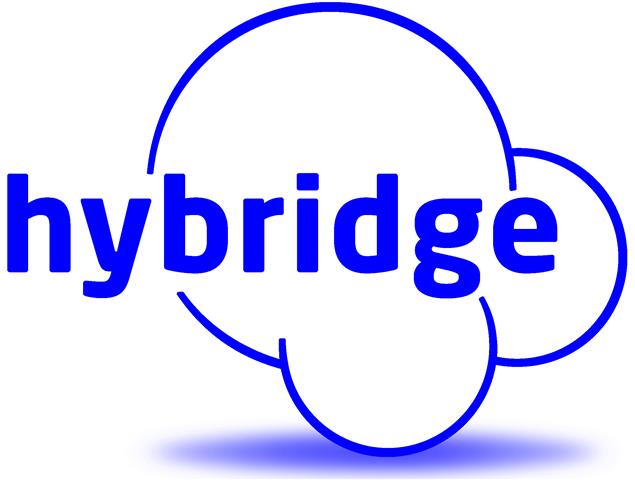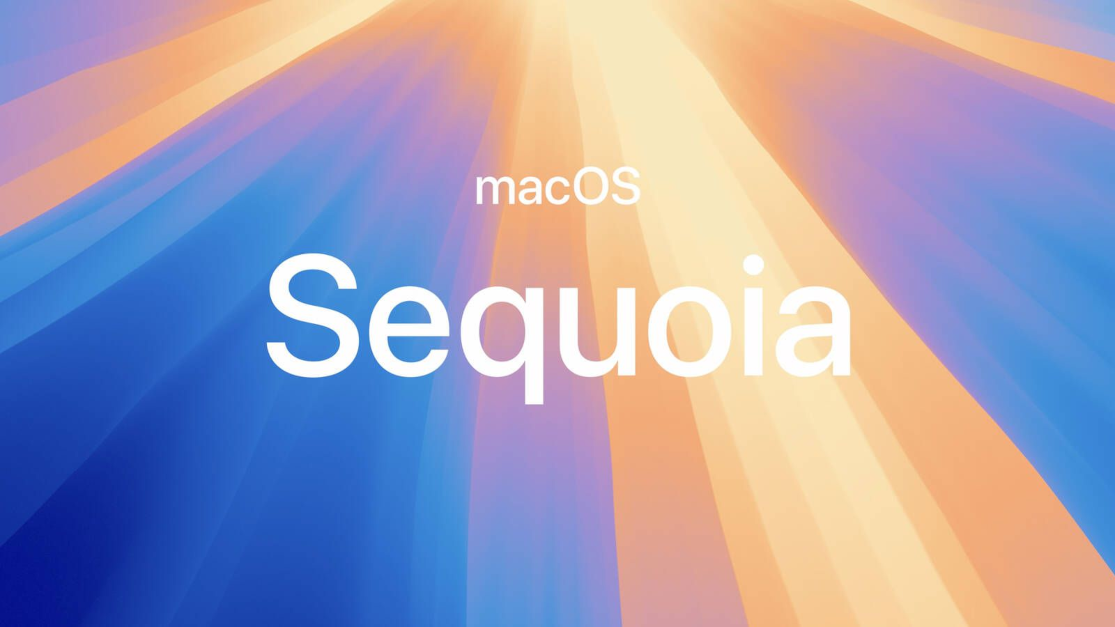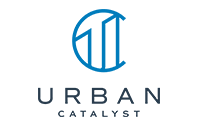When a new macOS like Sequoia is released, it's often packed with exciting features and performance improvements, but it can also come with bugs and compatibility issues that weren't caught during beta testing. Early adopters frequently encounter problems, ranging from app crashes to security vulnerabilities or performance lags, especially with third-party applications and peripherals. For professionals who rely on a stable operating system for work, these initial glitches can be disruptive. By waiting until at least the second bug fix release, usually a few months after launch, you allow Apple to address the most pressing issues that users and developers have reported, ensuring a more stable and reliable experience.
In addition to fixing bugs, waiting for updates gives developers time to optimize their software for the new macOS. Even if your primary applications are supported on Sequoia, they might not be fully optimized to take advantage of its new features or could experience unexpected slowdowns. By waiting for the second or third release, you give the ecosystem more time to catch up and stabilize. This ensures you can enjoy the new features of macOS Sequoia—such as improved privacy settings and better integration with iCloud—without the frustration of early bugs or software incompatibilities. And, as with any upgrade, please make sure all data you care about is in the cloud before starting the upgrade process in case your computer doesn't make it to the other side.
Share this blog:









